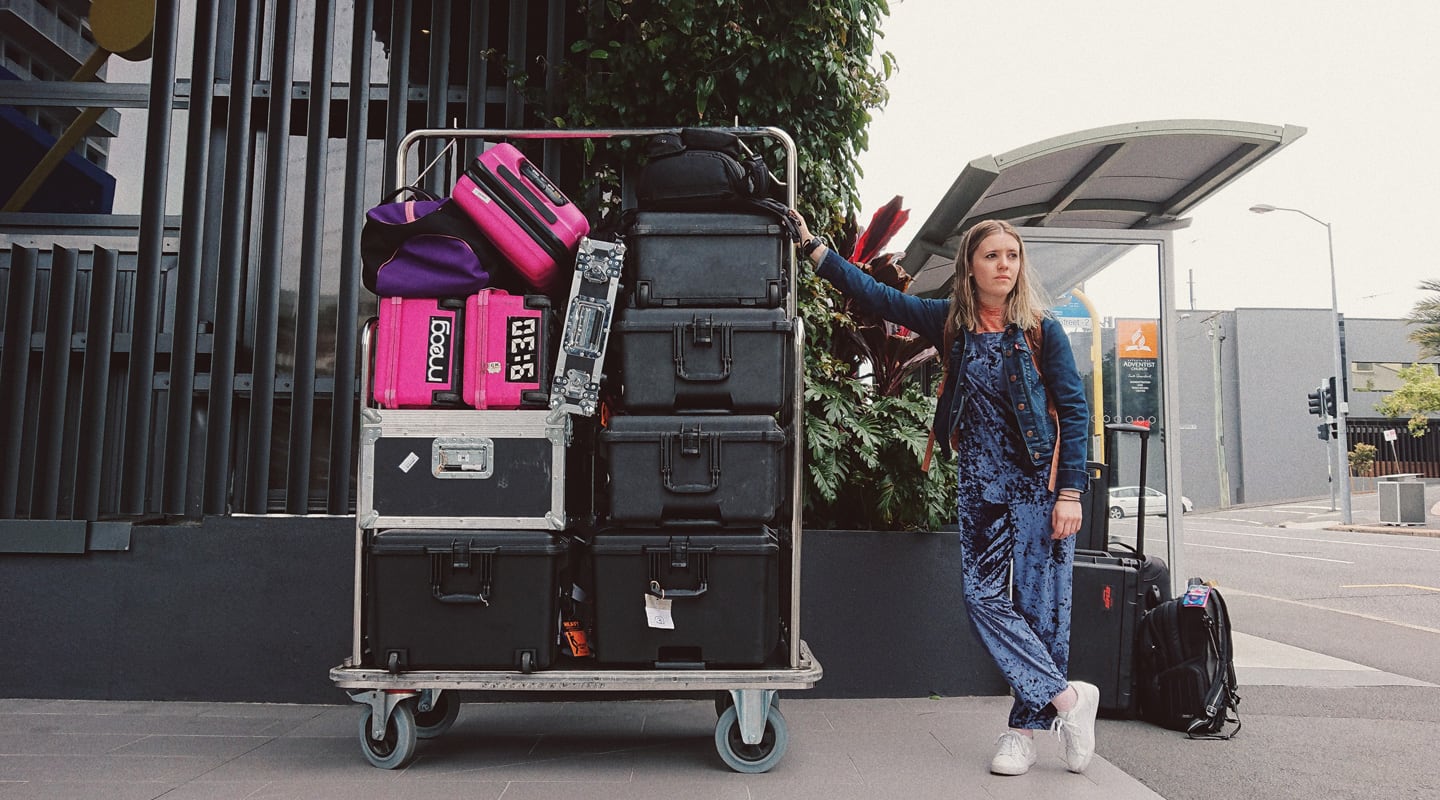
The Quick Mix: Sarah Maddigan
The Quick Mix with Sarah Maddigan.
Who are you currently touring with/mixing?
I’m currently touring with The Preatures and The Veronicas as their monitor engineer, and I mix FOH for Jen Cloher. I also work at Northcote Social Club as an in-house production tech and freelance FOH/monitors/stage tech for a few production companies.
What are some other acts/bands you’ve worked with?
The list is very long: Tkay Maidza, George Maple, SAFIA, Abbe May, LANKS to name a few. Courtney Barnett and all of the amazing Milk! Records family are regular clients and friends. I also have production managed multiple venues across Melbourne including Shebeen and The Curtin Bandroom.
How long have you been doing live sound and what was your path to a career in audio engineering?
2018 marks my tenth year working in live audio. I started out as a teen, when my music teacher taught me how to setup a PA. I ended up studying at SAE because I didn’t want to study music at uni and it turned out I was pretty good at mixing. I started mixing friend’s bands, who then networked me with their friend’s bands and it all snowballed fairly quickly from there. Now I’m working five to six nights a week all over the country.
What is your favourite console and why?
I’ve always been a fangirl of Digico; for sound quality, ease of use and flexibility. Digico is always at the top of my production rider. The SD10 has been my favourite console for a long time. However, I’m definitely keen to get my hands on an SD12.
Favourite microphone or any other piece of kit?
I don’t really have a favourite microphone. 90% of my personal live kit is Sennheiser mics, with a couple of Audio-Technicas, a single Audix and Shure.
I definitely use my Shure Beta 91A the most out of everything I own. It’s super versatile for miking things from kick drums to grand pianos, to tap dancing boards (which I have had to do more than once). It’s also slim enough to get inside all kick drums with a port. It’s usually the only mic I will throw into my bag if I’m not carrying a mic kit. I’m also a big fan of my Audio-Technica ATM450s. They sound great on everything.
Most memorable gig or career highlight?
Unfortunately, my most memorable gigs are the gigs where something has gone disastrously wrong. I guess you remember those ones the most, so you remember what not to do or how to fix it.
The most recent was at a festival where we had a catastrophic generator fail and lost all onstage power multiple times. Every time it happened I would have to power cycle my console and it would take me a couple of minutes to get back up and running again. Each time I’d got back to the point where the band could safely put their IEMs back in, we’d lose power again.
A career highlight has to be the run of stadium shows I’ve been out on this year as a monitor engineer. It’s an entirely different level of production and the connections I’ve made and the amount of new things I’ve learned are definitely invaluable to me.
Gig highlight for this year would probably have to be a short three-day run with Jen Cloher. I went from an analogue Soundcraft in an old cinema, which was a lot of fun, to a surprising community hall which turned out to be one of the best sounding rooms I’ve ever mixed in, to a sold out Croxton with four of my favourite musicians.
What are three mixing techniques you regularly employ?
One thing I do with The Preatures is setup an SM57 a few inches over the kick drum and heavily compress it. Izzi prefers the sound of ‘old school’ drums, so rather than send her the close mic’d drums which sound very modern, she only gets that 57 and some OHs.
Depending on who I’m mixing, I often use parallel compression, particularly on the drums. Back in analogue days this was simple to do, but nowadays a lot of digital desks have made it harder with latency and phasing issues becoming a problem. A way I’ve worked around this is to mix to groups and have duplicate groups for whatever you want to parallel compress. One group is uncompressed and the second is your parallel. However, this doesn’t work for all digital consoles.
When I’m mixing monitors and FOH at the same time, if I have the channels available I digitally Y-split my vocal channels. I do this particularly with quiet singers. It gives me the ability to do different EQ and processing on each channel and get as much gain before feedback in both the monitors and FOH without compromising on audio quality.
What are three pieces of gear or features that have been game changers for you?
The Digico SD11i has definitely been the biggest game changer for me. I tour one with almost all my artists. It’s convenient having a powerful console that is compact enough to fly around with you. It ensures the show is always going to be consistent and the best it can be.
These are nothing new, but Ursa straps have been a huge help for me on shows. I work with numerous female artists who use IEMs and wear a lot of elaborate high fashion outfits on stage. Most of the time there is no suitable place for me to clip the pack onto their clothes. Before using Ursa straps, we would have to tape the receivers directly to their body, often with gaff as no other tape would hold up for the entire set. It’s definitely not something I recommend doing too often. Having Ursa straps, means I can comfortably and safely strap IEM receivers to their bodies and hold any excess cable while having the packs almost entirely hidden from view.
That being said, I’ve been researching Waves LV1 a lot recently and it looks to be something that has a lot of potential. It’s something modular and interchangeable, so you can only fly with what you need if you need to save on weight.
Plug-ins have definitely been considered a game changer for a lot of engineers, including me. Waves is by far the most popular and they’ve recently released some cool plug-ins I’m really keen to try out, including one called X-FDBK. It’s basically an automatic feedback analyser/suppressor. It would be handy for festivals and shows where you don’t have a lot of time to tune wedges.
How have your working methods changed since you began live sound mixing?
When I started out, everywhere I was mixing had an analogue console. Very few venues had digital consoles installed. They started changing over around the same time I was becoming super confident in my mixing, so I basically had to relearn my approach to mixing on a digital console.
I used to have to take photos of my GEQs for each venue and photos of the console after the headliner had sound-checked so it could be recalled before they went on.
Nowadays, instead of photos I have show files for almost every console, or can at least build half a show at home before turning up to the venue, then just save a full soundcheck. No more manual recalling.
Any tips/words of wisdom for someone starting out?
Don’t be afraid to ask questions.




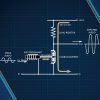
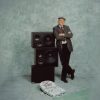

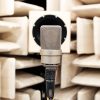










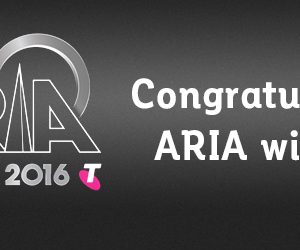

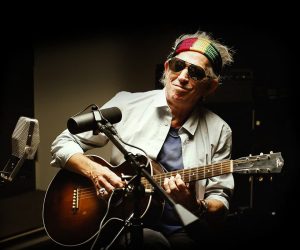


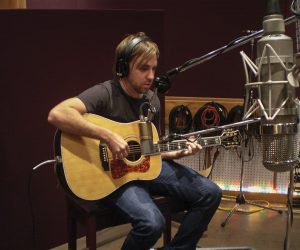
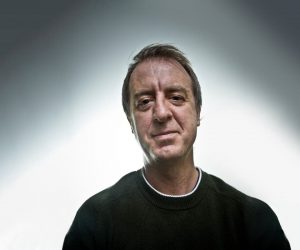


RESPONSES